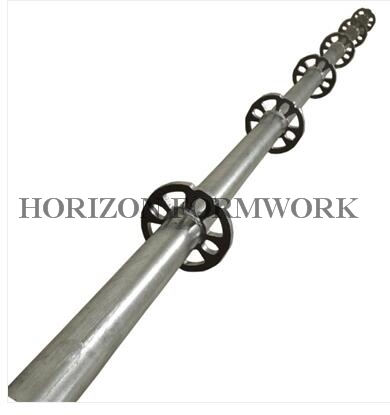Sep . 24, 2024 21:07 Back to list
china slip form formwork
Understanding China Slip Form Formwork A Comprehensive Overview
Slip form formwork is a widely recognized method in the construction industry, especially noted for its efficiency and effectiveness in constructing continuous concrete structures. This technique is prevalent in China, reflecting the country's rapid urbanization and massive infrastructure projects. The unique characteristics of slip form formwork have made it an invaluable resource for builders and contractors, particularly in the construction of high-rise buildings, bridges, and other large-scale structures.
What is Slip Form Formwork?
Slip form formwork is a construction method that involves the continuous pouring of concrete into a moving formwork system that slips vertically as the concrete sets. Unlike traditional formwork, which is stationary and removed after the concrete has cured, slip form allows for a seamless construction process. As the concrete is poured, the formwork is gradually raised, enabling continuous construction without the interruptions caused by stripping and resetting.
Advantages of Slip Form Formwork
1. Speed One of the most compelling benefits of slip form construction is the speed of the building process. Given that the formwork moves continually, large volumes of concrete can be poured rapidly, dramatically increasing productivity. This is particularly beneficial in urban environments where time is often of the essence due to logistical constraints.
2. Quality The continuous nature of slip form construction can lead to improved concrete quality. With less interruption in the pouring process, the likelihood of defects at the joints decreases, resulting in a more uniform and durable structure. This consistency is critical in high-stress environments like skyscrapers and bridges.
china slip form formwork

3. Cost-Effectiveness Although the initial setup of slip form systems can be costly, the speed of construction and reduced labor costs often lead to overall savings. Projects completed in shorter time frames can also mean lower financing costs and quicker returns on investment.
4. Flexibility Slip form formwork can be adapted to a variety of shapes and sizes, accommodating complex architectural designs and varying project requirements. This versatility allows architects and engineers the freedom to be innovative in their designs.
5. Reduced Labor Due to the automated nature of many slip form systems, the reliance on extensive labor crews is diminished. This is particularly advantageous during periods when skilled labor may be in short supply.
The Application in China
China’s booming construction sector has embraced slip form formwork, utilizing it in numerous prominent projects. The approach is prevalent in the construction of skyscrapers, such as the Shanghai Tower and the Ping An Finance Centre, as well as extensive infrastructure projects like the Beijing Daxing International Airport. The rapid adoption of this technology has facilitated China's ability to meet the demands of its expansive urban landscape and has set a precedent for other countries seeking efficient construction methods.
Conclusion
In summary, slip form formwork represents a revolutionary method that aligns with the modern demands of the construction industry. The benefits of speed, quality, cost-effectiveness, flexibility, and reduced labor make it an attractive choice for large-scale construction projects. As China continues to innovate and evolve in its urban development, the role of slip form formwork will likely expand, reinforcing its significance not only within the country but also globally as construction practices continue to advance.
-
High-Quality U Head Jack Scaffolding – Reliable Scaffolding Jack Head Manufacturer & Factory
NewsJul.08,2025
-
High-Quality I Beam H20 Leading Timber Beam H20 Material Factory, Exporters & Manufacturers
NewsJul.08,2025
-
High-Quality Powder Coating Steel Formwork - Durable & Corrosion Resistant Solutions
NewsJul.07,2025
-
Inclined Column Formwork Supplier – Durable & Precise Solutions for Unique Structures
NewsJul.07,2025
-
High-Quality Water Stop Solutions Trusted Water Stop Company & Suppliers
NewsJul.07,2025
-
High-Quality Formwork Material Supplier Reliable Manufacturer & Factory Solutions
NewsJul.06,2025